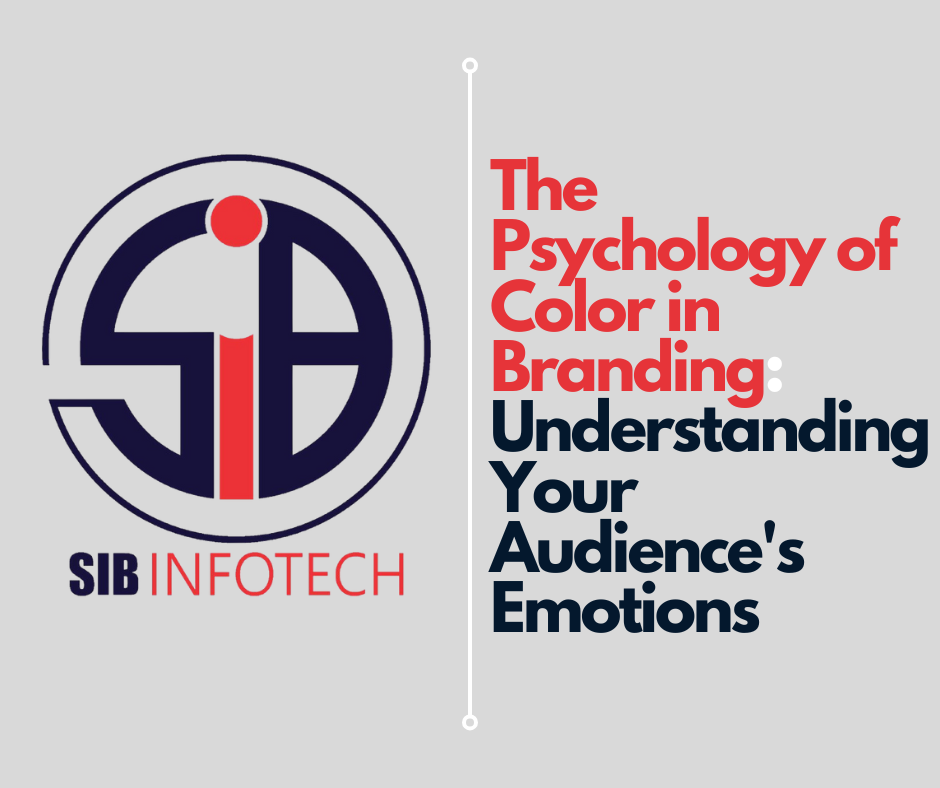Introduction
At SIB Infotech, we recognize that choosing the right colors for your brand is not just a matter of aesthetics; it’s a strategic decision that can significantly influence consumer perception and behavior. Colors evoke emotions, shape experiences, and communicate messages. Understanding the psychology of color is essential for building a brand that resonates with your audience and fosters loyalty.
The Emotional Impact of Colors
- Red: Often associated with passion, energy, and urgency, red can stimulate emotions and increase heart rates. Brands like Coca-Cola and Target utilize red to create excitement and encourage impulse purchases.
- Blue: Symbolizing trust, security, and professionalism, blue is favored by financial institutions like American Express and PayPal. It instills a sense of calmness and reliability, making it ideal for brands aiming to build long-term relationships.
- Yellow: Bright and cheerful, yellow evokes feelings of happiness and optimism. It’s a color that can grab attention and inspire action, which is why brands like McDonald’s and IKEA often incorporate it into their branding.
- Green: Associated with nature, growth, and health, green is a color that appeals to eco-conscious consumers. Brands like Whole Foods and Starbucks use green to emphasize sustainability and organic practices.
- Purple: Often linked to luxury, creativity, and wisdom, purple can convey a sense of premium quality. Brands like T-Mobile and Hallmark utilize purple to differentiate themselves in competitive markets.
Aligning Colors with Brand Values
When selecting colors, consider your brand’s core values and the emotions you want to evoke. A thorough understanding of your target audience will guide you in choosing colors that resonate with their values and aspirations. Conduct surveys or focus groups to gather insights on color preferences within your demographic.
The Importance of Consistency
Once you’ve selected your brand colors, consistency is key. Use your chosen colors across all marketing channels, including your website, social media, and print materials. Consistent use of colors reinforces brand recognition and creates a cohesive brand identity.
Conclusion
In conclusion, the psychology of color plays a crucial role in branding. By understanding the emotional impact of different colors and aligning them with your brand values, you can create a powerful visual identity that resonates with your audience. At SIB Infotech, we’re committed to helping you navigate the complexities of branding, ensuring your online presence is as impactful as possible.

